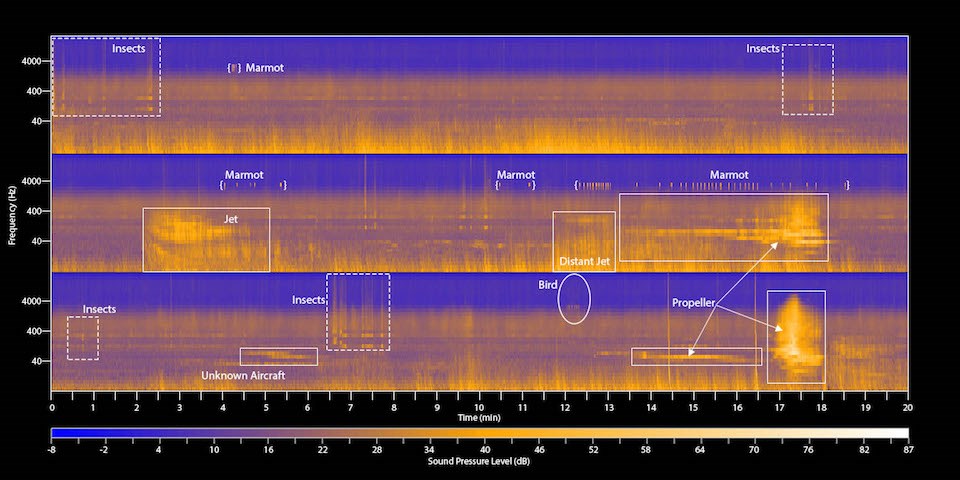Questa notte hanno dato su RAI1 Il Popolo Migratore, un bel documentario naturalistico che conoscevo da tempo (realizzato da jacques Perrin nel 2001) che racconta le migrazioni stagionali degli uccelli senza pomposità o atteggiamenti infantili, con affascinanti riprese aeree.
Lo sto guardando proprio adesso. La sua diffusione in orari più consoni potrebbe forse convincere qualcuno a non prenderli a fucilate quando passano. Ne trovate qualche stralcio su You Tube, ma la visione in HD su grande schermo è insostituibile.
Un estratto




